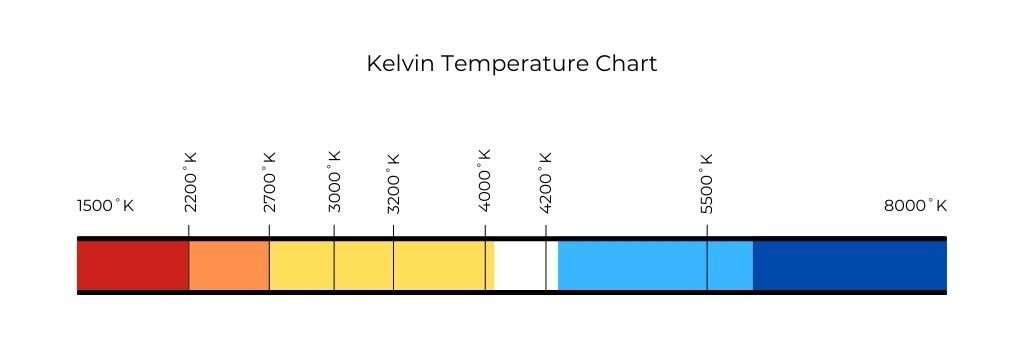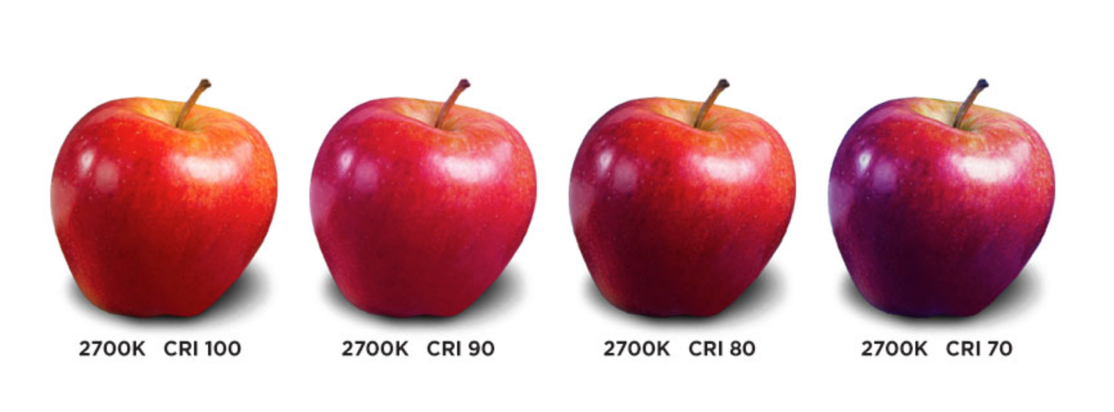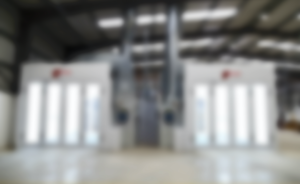Kelvin, lux, lumens, what does it all mean?
Things to think about when choosing your workplace lighting
Lighting, something that we all take for granted, but have you ever thought about the complexities behind that simple light switch.
With fluorescent lights, LED lights, daylight equivalent lights, external lights, linear lights, square lights, round lights and then you throw energy efficient lights into the mix and you’re down a whole new rabbit hole.
This article attempts to clear up the complexities of task lighting, explaining lux vs lumens, and the importance of good lighting in the workplace.
Terms such as Kelvin, Temperature Scale, Colour Rendering Index, Lumen, Watts and Lux can get us very quickly confused so what do they all mean?
Let’s start with Kelvin.
Kelvin measures the colour temperature of a light. It’s referenced by the letter K.
The temperature scale was the brainchild of Belfast-born British inventor and scientist William Thomson also known as Lord Kelvin. Like other temperature scales, the freezing and boiling points of water are factors in establishing the range.
You might be wondering what the Kelvin scale is used for? The Kelvin light scale is used by scientists because it is an absolute measure of temperature that is directly related to kinetic energy and volume.
But we don’t need to be scientists to understand the basic principles of the kelvin light scale. Below is a colour chart which shows the various light colours and their relative kelvin, what you need to remember is the higher the colour temperature, the whiter the light.

For relaxing lighting, where alertness and attention is not a priority, we can look towards the lower end of the scale. For optimum alertness for high precision work, we look towards the higher end.
As a spray booth manufacturer, our clients are looking for high visibility, they want to be able to see in great detail the work that they carry out, in order to obtain the best finish. This is why Junair has developed their range of LED lighting to include their latest range which provides consistent, daylight equivalent lighting. (Running at 5700 kelvin)
Another scale that you might want to reference in choosing the right lighting is the Colour Rendering Index.
The Colour Rendering Index (CRI)
A major factor in the perception of colour is the light source that is illuminating the object or space. The perceived colour of an object is the colour of the light reflected by the object when it is illuminated.
For example, how often have you bought something in a shop, only to take it outside and realise it’s a totally different colour?
In the spray booth industry, the light source and perceived colour is extremely important, especially if you’re working on automotive repairs where you may be colour matching for example.
So with this in mind, Junair’s new range of lighting comes with a CRI of 84 as standard which is higher than most industrial LED lights (typically 70-80 CRI). With Samsung’s LED boards installed, Junair lights offer better colour reproduction.

Moving on to Lumens and Watts.
Lumens and watts are somewhat linked. Lumens measures brightness whilst watts is a unit of power and is used to quantify how fast energy transfers. The greater the transfer of energy, the higher the lumens, or brighter the light.
A typical incandescent household bulb takes 60 watts of energy to achieve a brightness of 800 lumens, compare that with a single LED lamp that takes only 10/11 watts to achieve the same brightness.
This makes LEDs a real energy saver for the household and the workplace.
Finally Lux
Let’s look at lux vs lumens. Light intensity is measured in Lux and is a measure of brightness at a particular location, it is usually calculated on one-meter distance.
So, consider how far your light has to travel and take care to consider your optimal light positioning depending on the type of work being carried out. You don’t want the light to dissipate before it reaches your working space.
Now you understand the importance of good lighting in the workplace, but you need a bit of guidance through this minefield, get in touch with us here at Junair, where our engineers can support you with a customised lighting design for your workplace.
Written by




